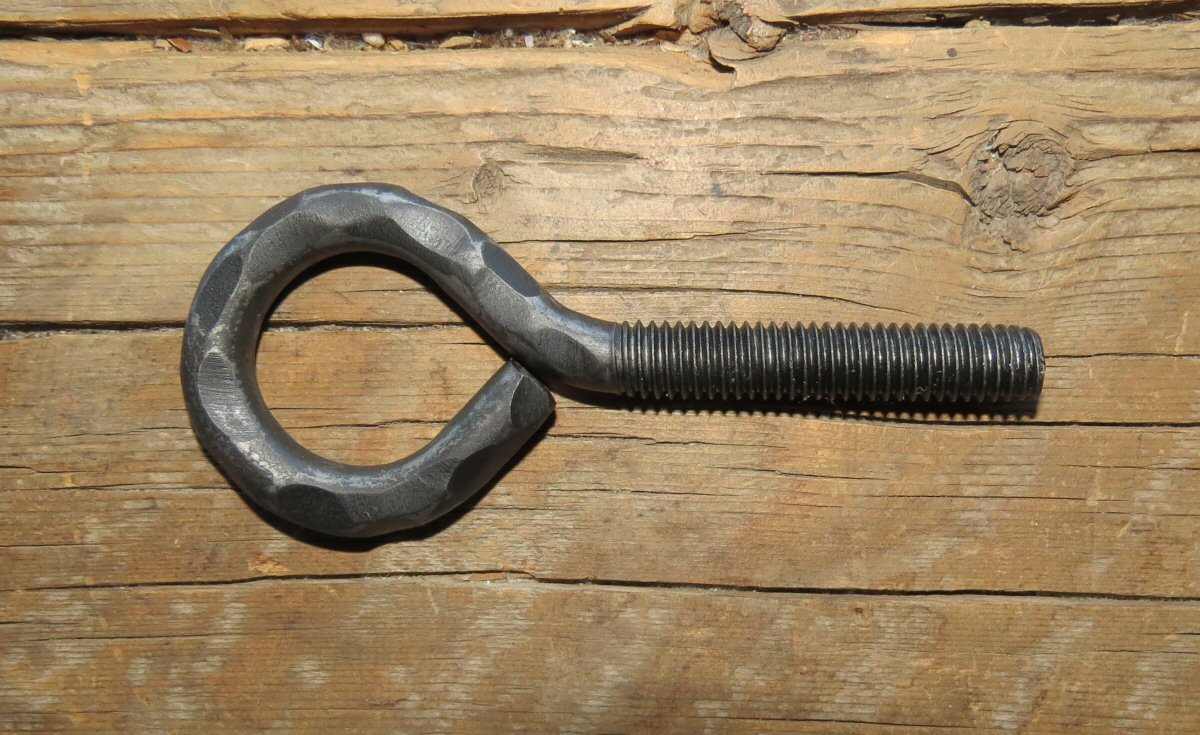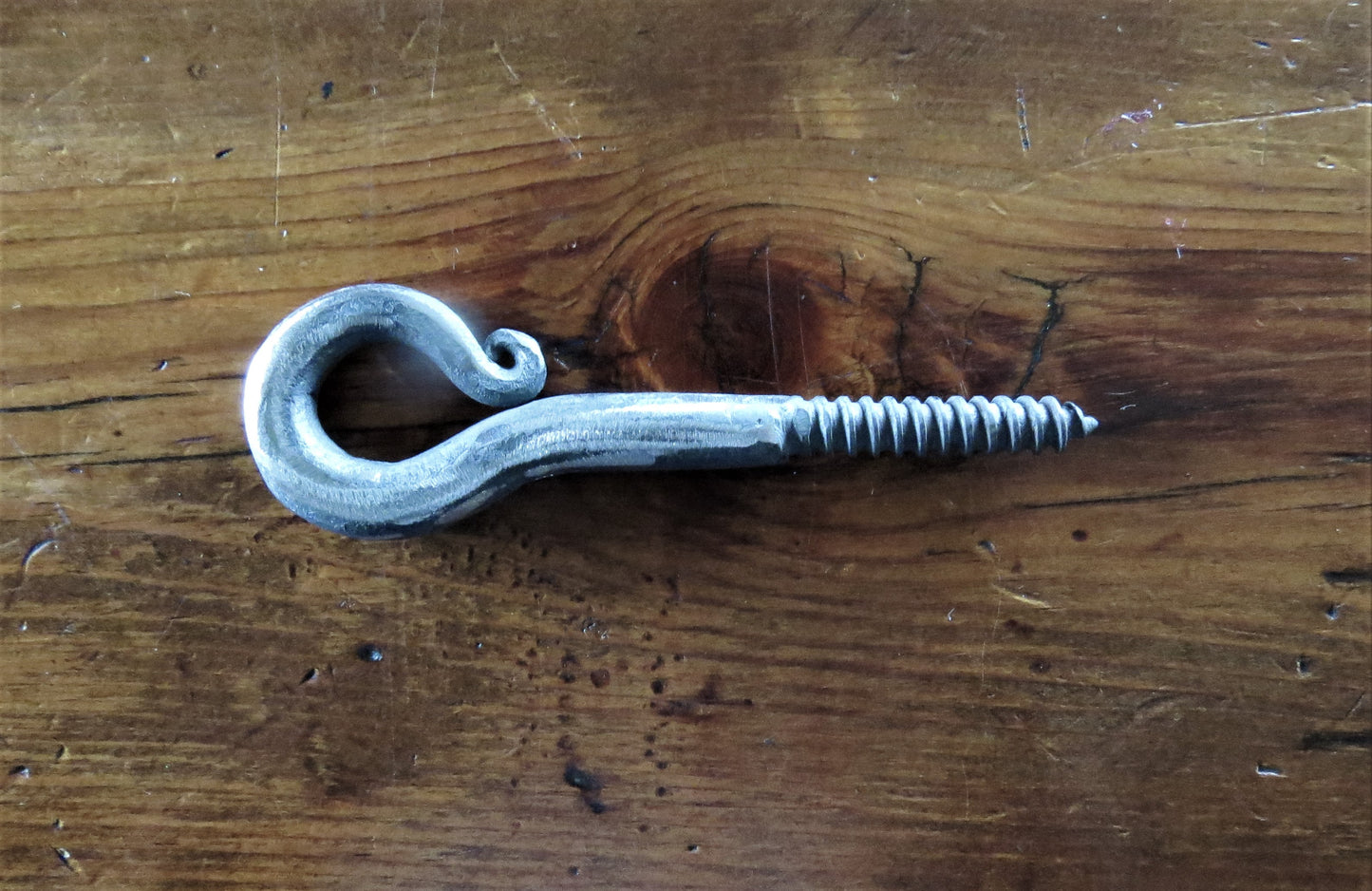
In the world of construction and DIY projects, small components can have significant impacts. Eye bolts and eye lags are perfect examples of such components that, despite their size, play crucial roles in both construction and home improvement tasks. The challenge, however, is often in understanding their differences and knowing how to use them effectively. This is where our guide comes in handy, as we aim to simplify the complexities surrounding eye hooks, eye bolts, and eye lags.

What Is an Eye Bolt?
An eye bolt is a type of fastener with a loop (or "eye") at one end. This loop serves as an anchor point for ropes, cables, or chains. Typically made from durable materials like stainless steel or carbon steel, eye bolts are designed to support heavy loads. They come in various sizes and configurations, allowing them to be used in diverse applications.
Understanding the core function of an eye bolt is essential for selecting the right type for your project. These fasteners are widely appreciated for their strength and reliability, often used in situations where heavy lifting or secure attachment points are required. They are a staple in construction and numerous other industries, thanks to their straightforward yet effective design.
Eye bolts come with different threading options, such as fully threaded or partially threaded, which affects their load-bearing capacity and suitability for specific tasks. The choice between them depends largely on the specifics of the project and the load requirements.
Common Applications for Eye Bolts
One popular application for eye bolts is in the marine industry, where they are used to secure ropes and lines on boats. The eye's design allows for easy attachment and detachment of lines, which is vital in environments where conditions can change rapidly. Their corrosion-resistant material ensures longevity and reliability even in harsh sea conditions.
Eye bolts are also commonly found in construction settings, where they serve as anchor points for hoisting heavy equipment or materials. In these scenarios, the eye bolt's ability to handle substantial weight while providing a secure hold is invaluable. Construction professionals rely on these fasteners for their precision and dependability.
Additionally, eye bolts are used in home improvement projects, such as hanging heavy objects like chandeliers or swing sets. Their strength and ease of use make them ideal for DIY enthusiasts looking to enhance their living spaces. By providing sturdy attachment points, eye bolts enable homeowners to safely suspend heavy loads without fear of failure.
How to Install an Eye Bolt
Installing an eye bolt correctly is crucial to ensuring its effectiveness and safety. Start by choosing the appropriate size and type of eye bolt for your project. Consider factors such as the material it will be fastened into, the load it will bear, and environmental conditions. This initial step is vital to achieving a successful installation.
Once you have the correct eye bolt, mark the desired location where it will be installed. Use a drill bit slightly smaller than the bolt's diameter to create a pilot hole. This step reduces the risk of splitting or damaging the material you are working with. A precisely drilled pilot hole is key to smooth installation and optimal holding power.
Insert the eye bolt into the pilot hole and turn it clockwise until it is fully seated. If the eye bolt has a nut, ensure it is tightly fastened to secure the bolt in place. The final installation should be checked for stability and alignment. A well-installed eye bolt will offer excellent support and remain securely in position.

What Is an Eye Lag?
An eye lag is similar to an eye bolt but features a coarse, screw-threaded shank instead of a smooth or machine-threaded bolt. This design allows it to be screwed directly into wood or other soft materials without the need for a nut. Eye lags are particularly useful in applications where a bolt cannot pass through the material entirely.
The distinguishing feature of an eye lag is its self-tapping capability, made possible by its sharp threads. This characteristic makes eye lags ideal for use in woodworking or scenarios where access to both sides of the material is limited. They provide a secure anchoring point without the need for additional hardware.
Eye lags, like eye bolts, come in various sizes and materials, allowing them to be tailored to specific tasks. Their versatility and ease of use make them a favorite among both professional builders and DIY enthusiasts. When correctly installed, eye lags offer reliable support and functionality.
Common Applications for Eye Lags
In home improvement, eye lags are frequently used to hang items from wooden surfaces, such as shelving units or planters. Their ability to grip wood securely without requiring through-bolting makes them an excellent choice for interior projects. DIY enthusiasts often favor eye lags for their simplicity and effectiveness.
Eye lags are also used in outdoor applications, such as securing tarps or awnings to wooden structures. Their resistance to loosening under tension makes them ideal for situations where stability is paramount. These fasteners are designed to withstand environmental stresses, providing peace of mind in outdoor settings.
In construction, eye lags serve as anchor points for temporary structures or scaffolding. Their robust construction ensures that they can handle the dynamic loads and stresses typical of construction sites. Builders appreciate eye lags for their ability to quickly and securely establish anchoring points.
How to Install an Eye Lag
Installing an eye lag involves similar initial steps to those of installing an eye bolt. Begin by selecting the right eye lag for your project, considering factors such as material and load requirements. Proper selection is critical to achieving desired performance and safety.
Mark the location for the eye lag, and use a drill bit to make a pilot hole slightly smaller than the diameter of the eye lag's threads. This will ensure a snug fit and reduce the chance of splitting the material. A well-placed pilot hole is essential for the eye lag to function effectively.
Insert the eye lag into the pilot hole and turn it clockwise until it is completely seated. The tightness of the eye lag should be checked to ensure it is secure. A properly installed eye lag will provide a strong attachment point capable of withstanding intended loads.
Conclusion
Incorporating eye bolts and eye lags into your projects can greatly enhance their functionality and safety. By understanding their unique features and appropriate applications, DIY enthusiasts and professionals can leverage these tools to achieve outstanding results. Whether you're working on home improvements, construction, or creative DIY projects, mastering the use of eye hooks and eye lags is essential.
Remember, choosing the correct type and size of fastener, and following proper installation techniques, is key to ensuring success. These components may be small, but their impact on your projects can be substantial. For more detailed guides or personalized advice, consider reaching out to industry experts or exploring further resources available online.
